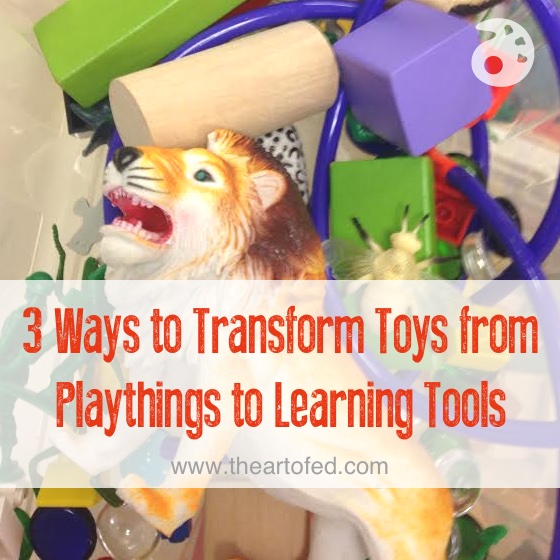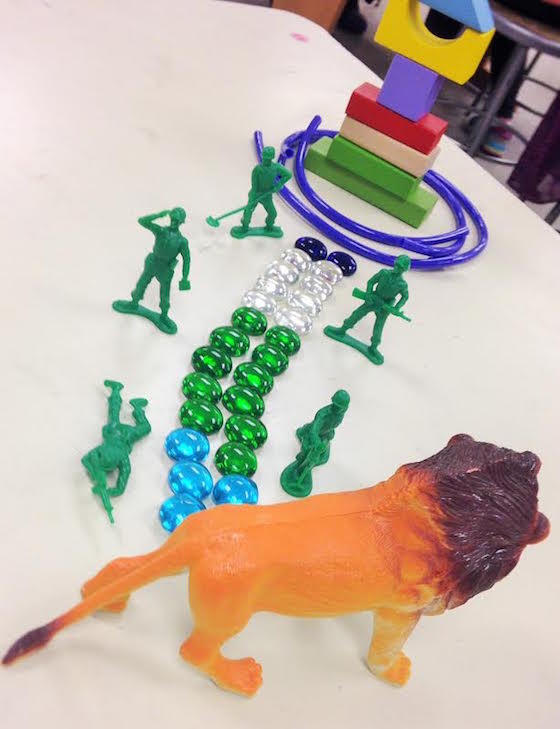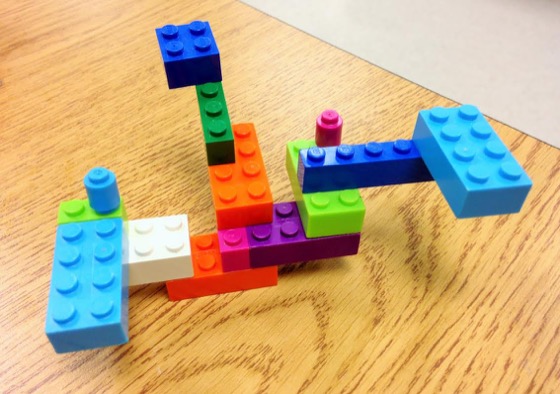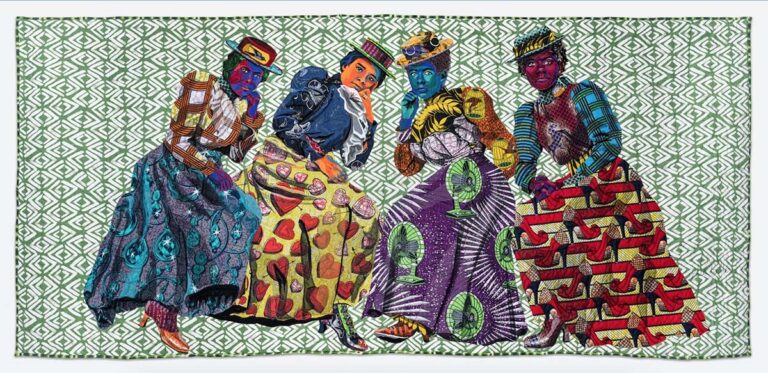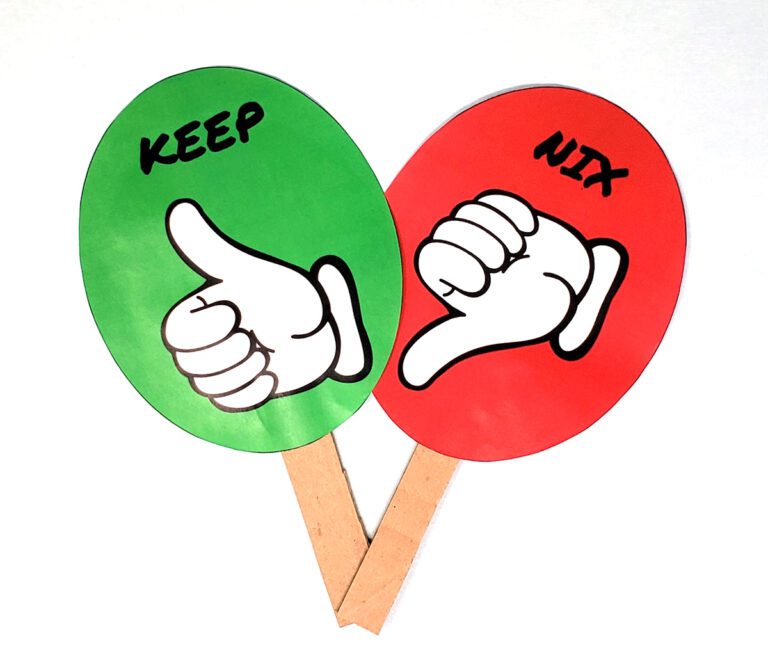When I first started teaching middle school art over a decade ago, I was surprised and intrigued by the number of students still interested in playing with toys (Tech Decks anyone?). Not having children of my own at the time, I found it refreshing to see how many 12 and 13 year olds seemed trapped between childhood and the onset of their teenage years; many of them didn’t want to give up their favorite things just because of age.
Recently, cell phones and tablets seem to be weaning kids from their playthings earlier than in the past, but students still are connected to, and excited by, the idea of “playing with toys” in school.
Here are 3 ways to use toys in the art room.
Toys as Art Mediums
Toys can be a great introductory mode or assessment tool for art concepts like the elements and principles. Blocks, army guys, plastic animals and Tinker Toys are fabulous to use as temporary mediums when illustrating concepts like balance and rhythm.
Why not try having students demonstrate their knowledge of an art principle by having them use toys to illustrate their understanding? By working alone or in a small group, students can create a visual by organizing and arranging toys to exemplify a concept. Start off by assigning a different principle to each group, set a short time limit for students to arrange the toys to best highlight their principle and finish with a gallery walk for the rest of the class to view the temporary artworks and guess which group was assigned which principle.
Toys as Instructional Tools
Asking students the age-old question of “What is art?” is a critical thinking probe for students of any age. Students will almost always agree that the category of art is vast and ever-changing, but ask them if a Matchbox car has the same artistic merit as paintings hanging in the Louvre, and the debate will spark. This can be a great way to introduce the concept of design thinking and form vs. function.
To begin an activity that uses toys as instructional tools, gather a variety of toys, as well as small art prints, and place them in a box together. Ask students to choose an item out of the box and consider its design and function. Next, ask each student to categorize his or her item. Is it art? Is it design? It is in between?
Toys as Art Games
One of my students’ favorite activities that utilizes toys in the art room is something we have coined “The LEGO Game.” It is a fast-paced, intense game of teamwork that not only enhances students’ communication skills but develops and encourages spatial judgment and visual interpretation.
If you’d like to give it a try in your classroom, follow the simple steps below.
1. Break students into small groups of 3-5. Give each group a cup full of identical LEGOs.
2. In an adjacent room, or somewhere out of sight of the participants, display a LEGO sculpture built out of the same combination of LEGOs that the groups possess.
3. Have each group select an “architect.” The other group members become the “runners.” The architect is the only member of the group that is allowed to touch and build with the LEGOs.
4. At the sound of a whistle, one runner from each table goes to view the LEGO sculpture in the secret location. They take a minute to study the sculpture, then report back to their groups.
5. Once there, the runner must tell the architect how to re-build the sculpture brick by brick WITHOUT talking. Students are encouraged to point, shake their heads and gesture, but may not use any words.
6. Runners continue to take turns viewing the sculpture and reporting back until the group feels like it has rebuilt the sculpture exactly like the original.
7. Once finished, a group sits down and group members raise their hands.
8. Once all teams are finished, bring the original sculpture out and compare it to each group’s work.
9. The scoring system works like golf. Points are assigned for each mistake and also if groups were caught using verbal cues. The team with the lowest score wins.
There are many ways toys can be used in art classrooms to inspire and connect ideas, to foster design thinking and make learning relevant, authentic and fun.
What are some ways you use toys in your art room?
How have students responded to toys in the classroom?
Magazine articles and podcasts are opinions of professional education contributors and do not necessarily represent the position of the Art of Education University (AOEU) or its academic offerings. Contributors use terms in the way they are most often talked about in the scope of their educational experiences.
